All About Singer Hand Sewing Machines

Singer sewing machine (in Russian equivalent "Singer") is familiar to many. This device has been kept in many houses since the Soviet period. The creator of such a famous machine is the American inventor Issak Singer.
A bit of history
In 1850, in New York, Singer met the designer Orson Phelps, who created sewing machines with a circular motion of the needle. Isaac was pretty impressed with such a simple invention, but still decided to improve the model of the car shown to him.
His breakthrough was in one feature that set his invention apart from all other machines of the time. Singer invented a mechanism due to which the needle began to move up and down when sewing, and not in a circle.
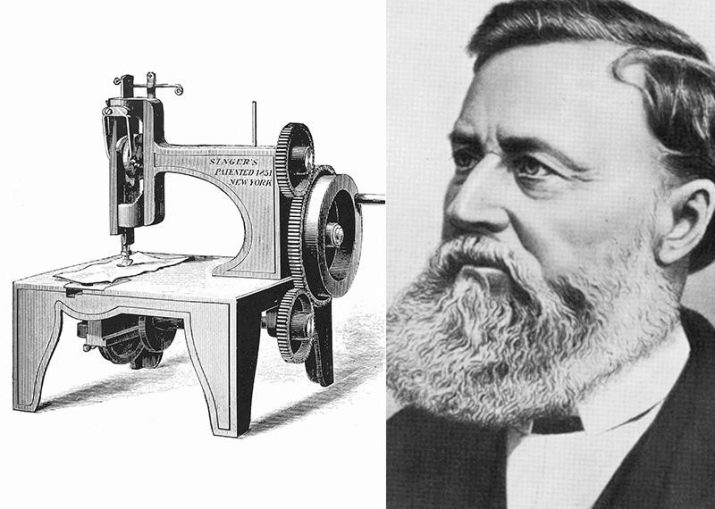
The method of needle movement invented by him formed the basis of all sewing machines of that time. Moreover, nowadays all modern machines have exactly the same mechanism.
Over time, Singer founded his own company for the production of toy cars, which was named after the name of the creator - "Singer".
The main feature of his products was not only improved needle operation, but also the ability to repair the sewing machine at home. Replacing broken parts has become much easier. Repair was cheaper than sending a product to a factory for repair or purchasing a new unit, because before the Singer machines, repair of sewing machines was exclusively factory-made.
Sometimes it was easier for people to get rid of their old typewriter and buy a new one.
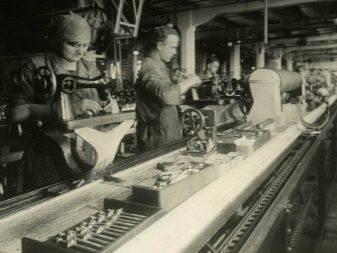
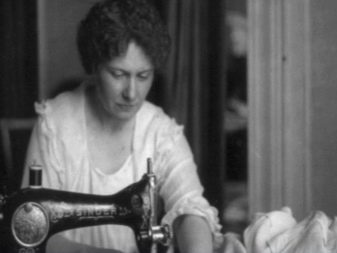
Instructions and setup
In the modern world, progress does not stand still, and every new year more and more advanced models of sewing machines appear on the market. They are more compact and easier to operate.
But what if you inherited a Singer machine? Of course, don't be discouraged. The old Singer car is unique. Her sewing line is perfect.
Yes, older patterns may not have a variety of overedges or special stitches. But it was these models that formed the basis of all modern cars.
The Singer sewing machine differs in that it has a long hook, a large mechanical wheel, and a manual (in later models, foot) drive.
The method of threading a needle or a bobbin is not at all different from modern machines. Only a difference in the position of the ears and the needle itself is possible.
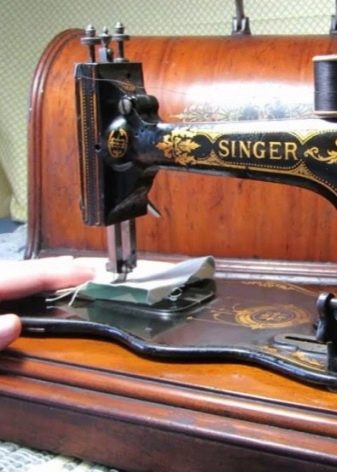
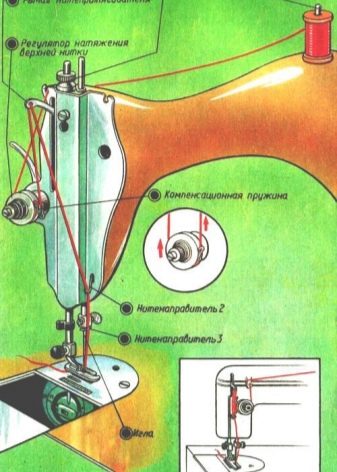
In order to thread the thread, you need to follow the instructions.
- First you need to rewind the thread from the spool to the bobbin. In modern cars, this action can be done automatically. In old "Singer" this must be done manually.
- Then place the coil on the top pin. There may be two of them, choose any that you like.
- Next, you need to thread the thread under the tension regulator and thread the spring into the loop. Then pull the thread up to the eye of the threader and thread in, then lower it to the needle. Check the thread tension at the same time. It shouldn't be too strong or weak.
- The next step is to insert the bobbin into the hook, and the upper thread into the needle (here you need to know exactly which side you need to thread the thread: from the inside or outside). Then the needle threader lever should be raised up.
- For the bobbin thread, lower the wound bobbin into the hook. The shuttle itself must be placed in a nest in the sewing platform. Please note: when the shuttle “snaps” into the slot, a click should be heard. It means that everything is installed correctly.
- Close the hook, lower the presser foot and slightly turn the wheel towards you so that the upper thread grabs the lower thread and pulls it up. If you twist away from yourself, then the threads in this case will simply get tangled and break. That's all - the machine is ready for use.
Threading errors are easy to spot. The moment you sew, the stitch may start to "walk" involuntarily. Do not think that you are somehow wrong to sew, first you should check the correct tension of the threads (top and bottom) and adjust them if they are too loose.
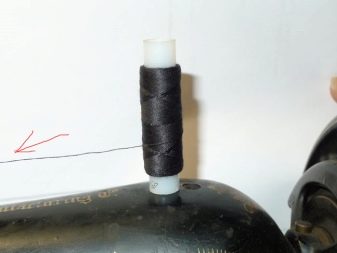
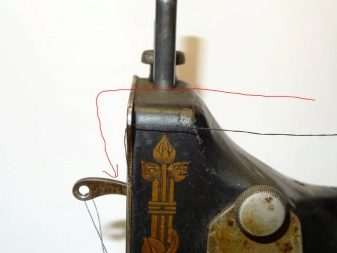
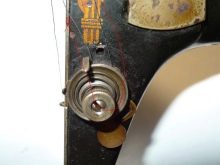
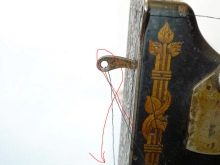
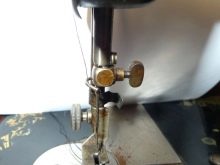
Antiques
The popularity of Singer machines lies not only in their good qualities and ease of sewing. The device was especially popularized by the legends that envelop the sewing machine.
Most a common myth lies in convincing people that expensive metals were deliberately used for decoration in some models (platinum or palladium).
It is noteworthy that this myth is overgrown with new turns every time. Many argue that it all depends on the year of manufacture, that there was definitely a platinum shuttle in the production machine before 1930. But the cost of platinum was high even when the Singer sewing machines entered production. But few people know about this.
No antique typewriter contained precious materials. These metals are not very strong and wear out quickly.
Speculation at the expense of precious metals and alloys is due only to the fact that the seller wants to sell a car at a higher price, which he does not need at all.
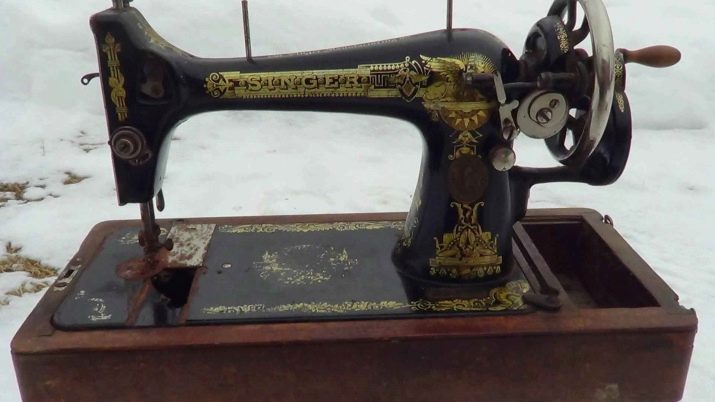
An overview of the Singer sewing machine, see below.








